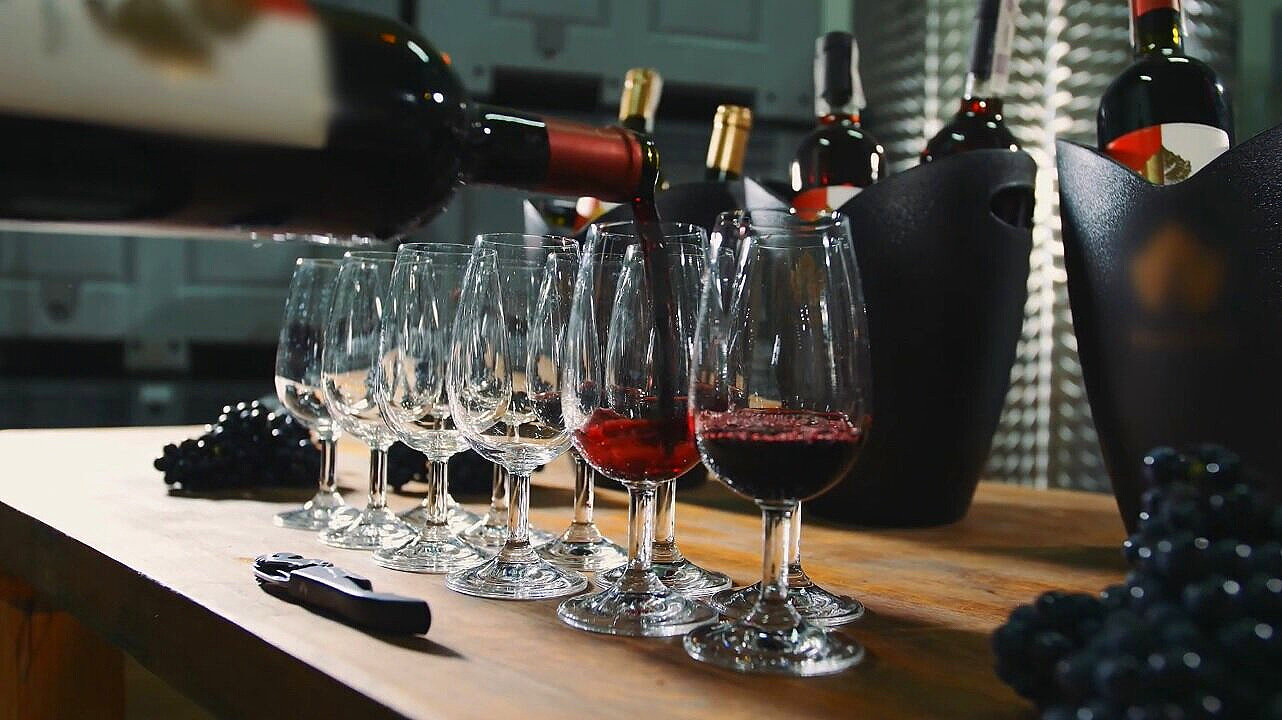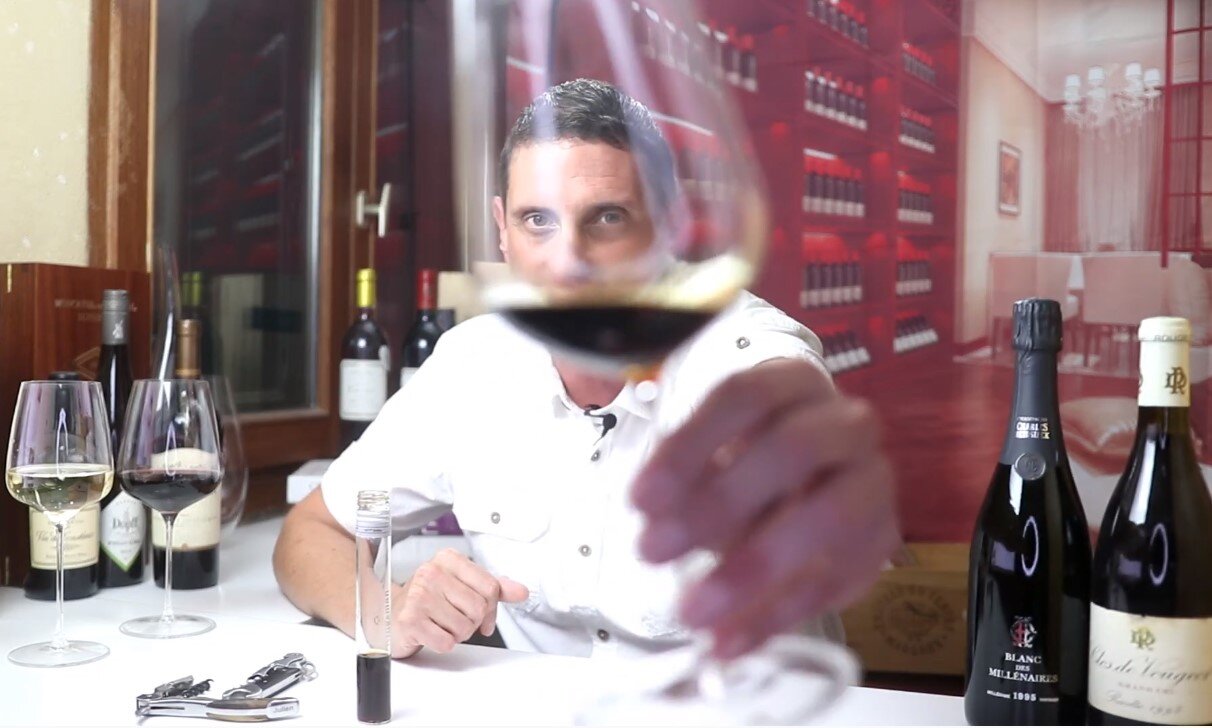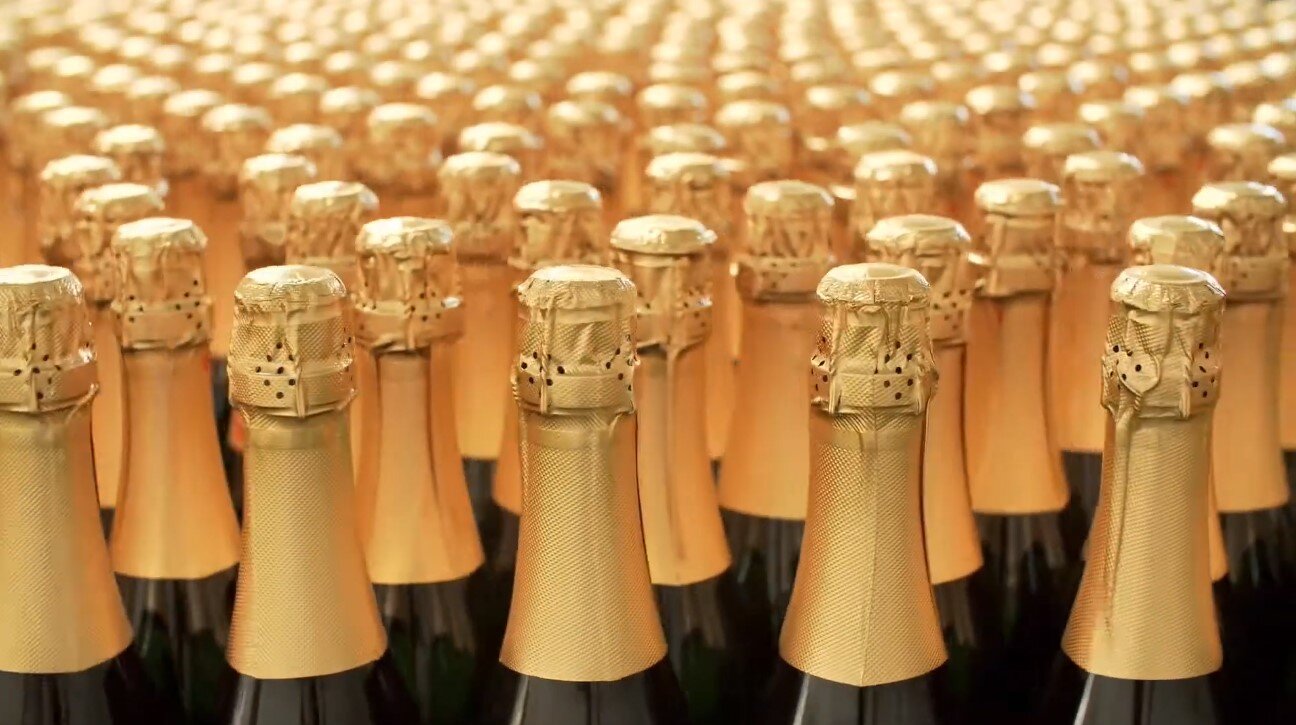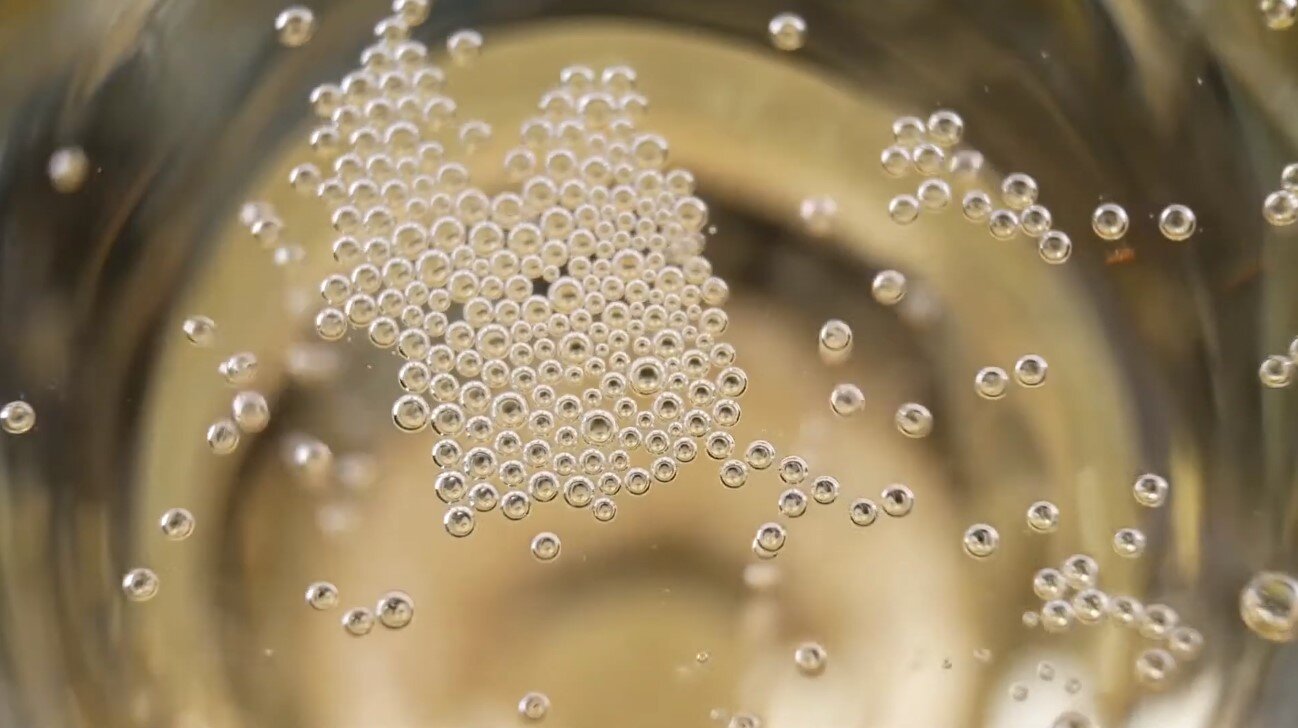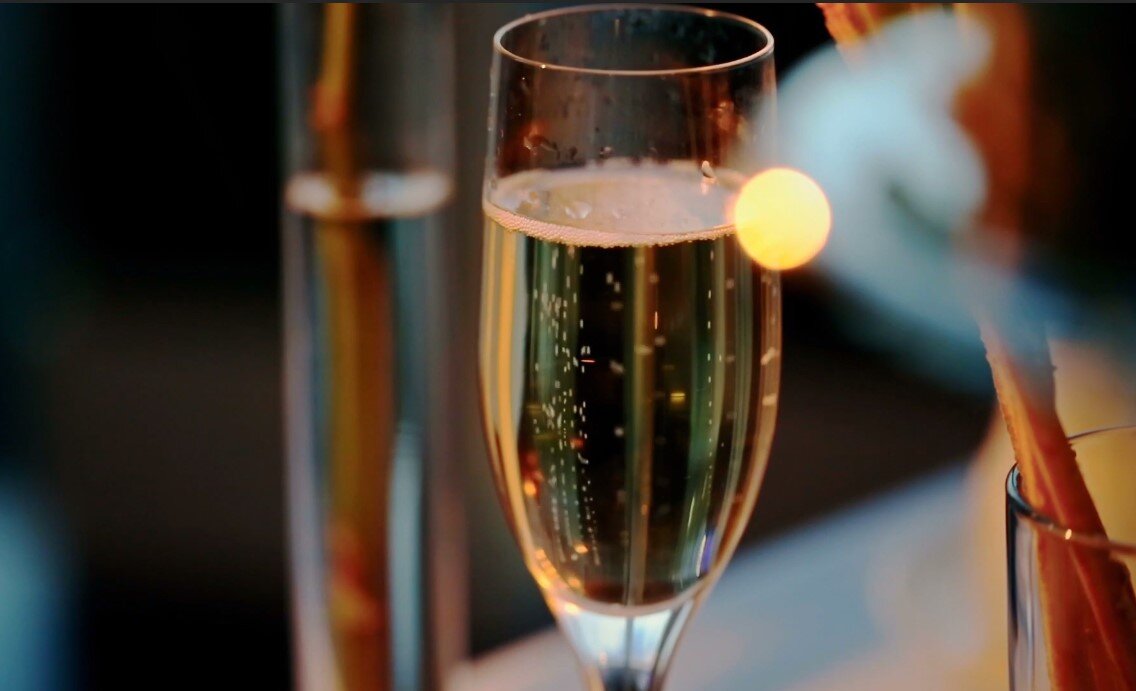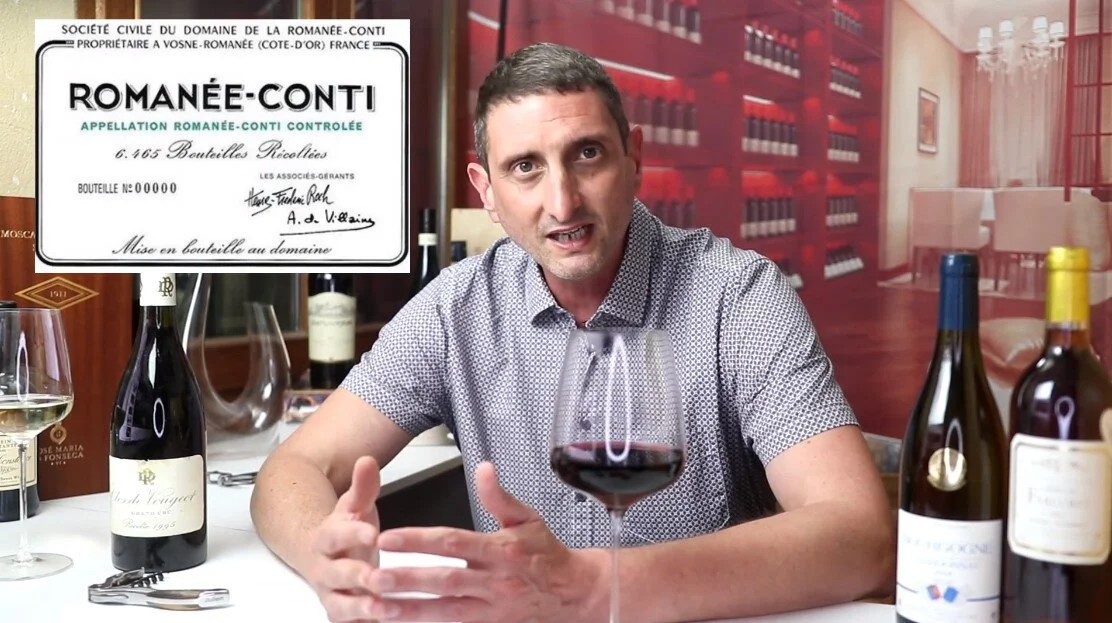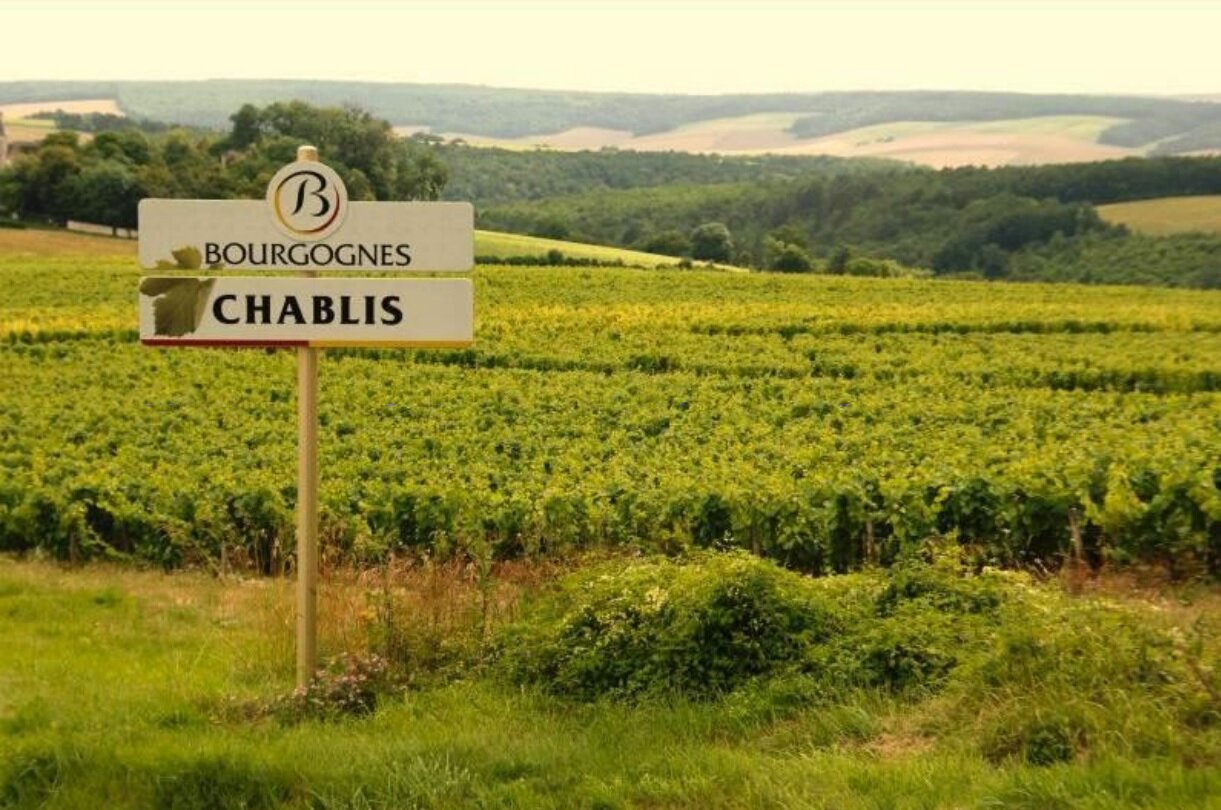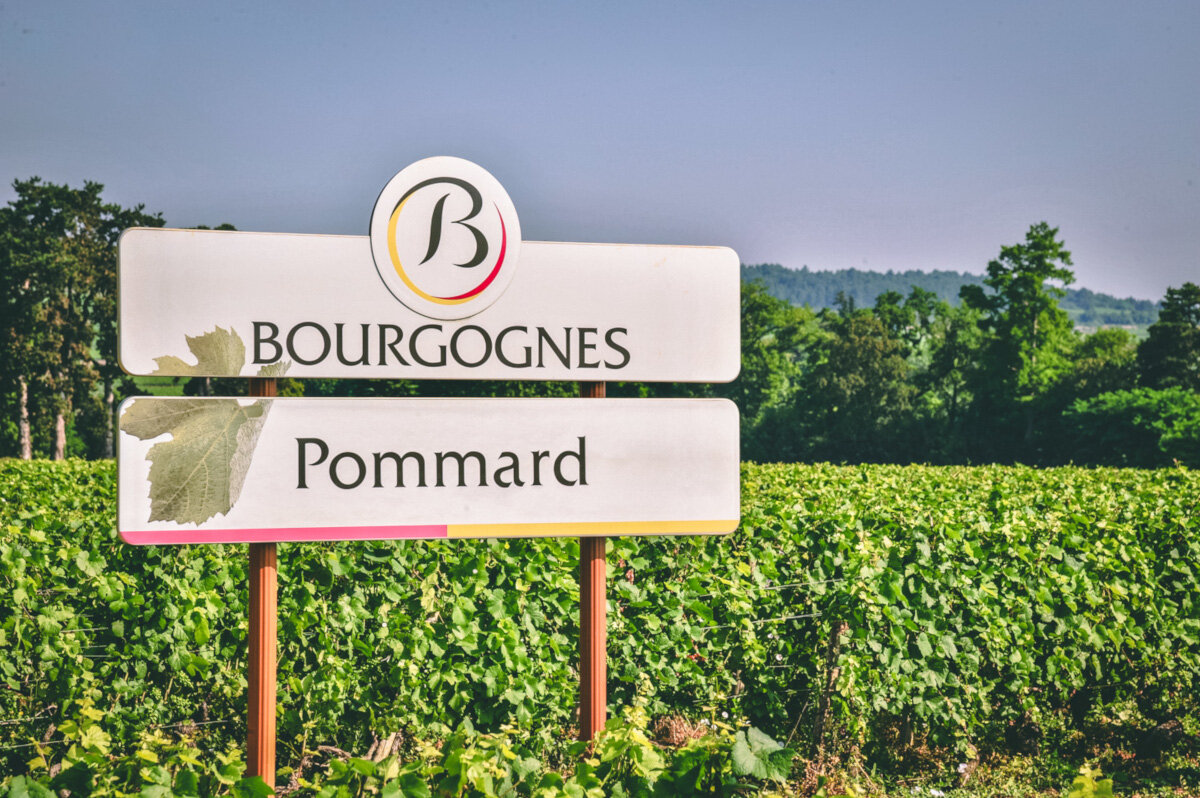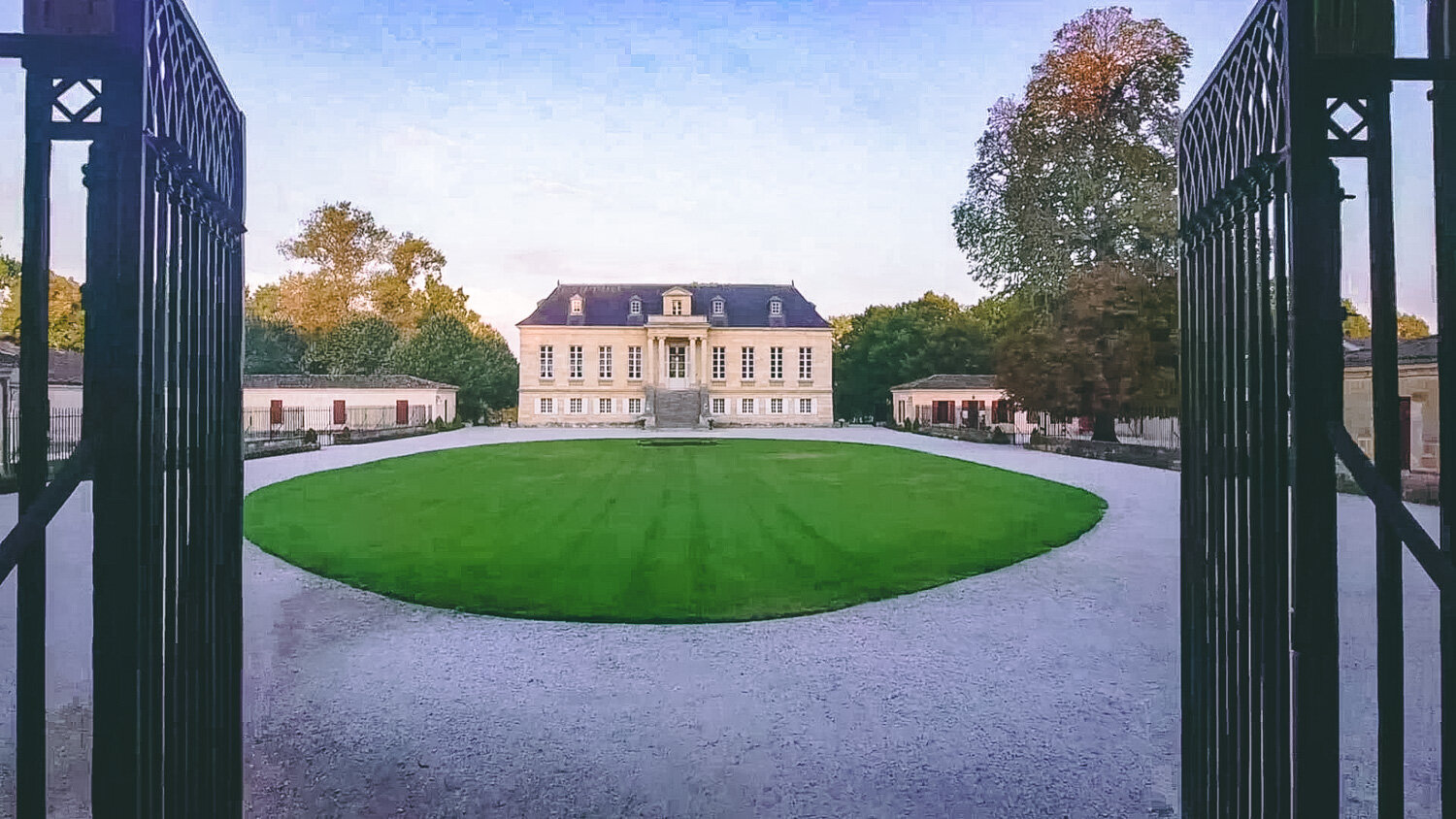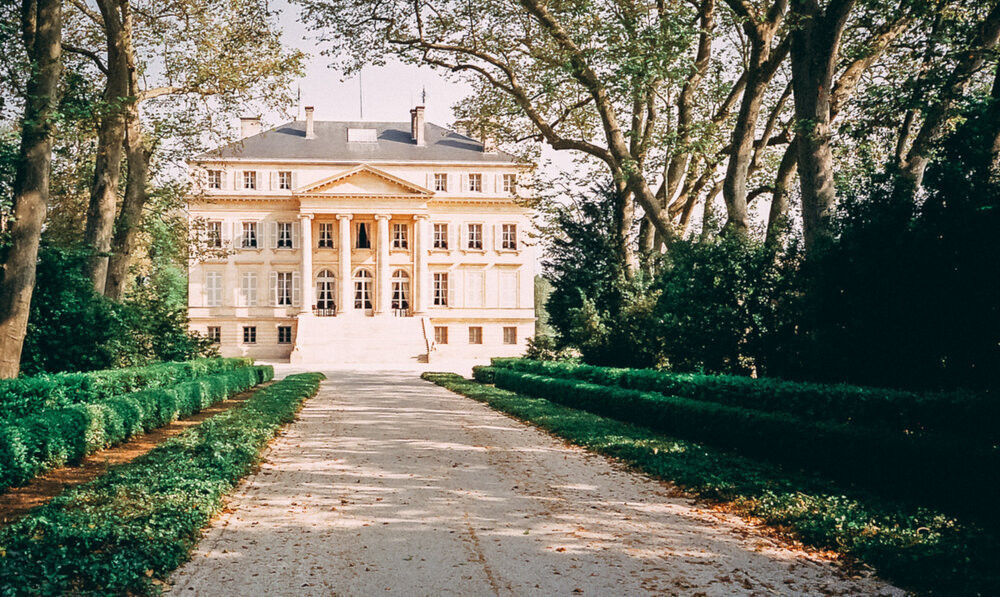

Julien Miquel
Chief Wine Officer, Alti Wine Exchange
After having looked, in previous articles, at the wines from Pomerol and Saint-Emilion and digging into the Médoc and then Sauternes, let’s investigate a few other areas and wines from Bordeaux that may not be as obvious members of the fine and rare wine world, but that also deserve some attention.
Whoever is looking at collecting and investing in incredible wines must also know these three categories of fine Bordeaux, starting with the wines from the Graves & Péssac-Léognan.
Graves & Péssac-Léognan Wines – 1959 Châteaux Classification
The South of Bordeaux city, what is altogether referred to as the Graves area, is certainly home to some of the most reputable wines in the whole Bordeaux region.
Historically, Graves is considered the birthplace of Bordeaux’s high-quality red wines. Wines here had acquired a reputation for producing top wines as early as the 14th century. That’s hundreds of years before Dutch wine merchants and producers drained the marshes of the Médoc.
The Northern part of Bordeaux that came to prominence with the 1855 classification was virtually just a swamp before the 18th the century.
All the top chateaus we know today in Médoc didn’t exist, while many historical estates in the Graves did. It’s worth remembering.
But the wines from Graves were not classified before 1953 where some chateaus emerged as Grand Cru Classés for their red wines, while their dry whites were classified in 1959.
Later in 1987, a distinct appellation encompassing the North of the Graves area, just to the South of Bordeaux city, was created: the Péssac-Léognan appellation. This relatively new appellation in fact included all of the Grand Cru Classified Chateaus of Graves, clearly marking its superiority, at least on paper.
There are three aspects to remember from this if you’re looking at the best and/or most reputable wines here:
1) One Chateau in this area was in fact already classified in 1855, affirming it had already been identified as one of the most outstanding wines of Bordeaux. That’s Chateau Haut Brion, which is in fact one of the 5 Premier Grand Cru Classés for red wines on the left bank, alongside the top 1855 estates that are Latour, Lafite, Mouton and Margaux. Its neighbour Chateau called La Mission Haut Brion owned by the same owners is also a standout feature here. Those are, by far, the top two wines in the South of Bordeaux.
2) Beyond those, the best Chateaus in this area, Graves and Pessac-Léognan, are the ones classified in 1959. Look out for top names such as Chateau Pape-Clement, Haut Bailly, Smith-Haut-Lafitte, or Domaine de Chevalier in particular. Also consider the full list of Classified Grands Crus further down below.
3) This area is not only excellent for red wines, which are generally on a slightly milder and smoother than those of Médoc and better faster at a young age, but it also makes some of the most extraordinary white wines in Bordeaux, generally with a large proportion of barrel-fermented Sauvignon Blanc. Those ones are extremely complex and surprisingly age-worthy.
Finally, I’ll add that THE most expensive wine in Bordeaux is made in Graves. Called Liber Pater, it’s recently overtaken Petrus of Pomerol as the priciest flasks in Bordeaux. Extremely rare expensive wine made from ancient local grape types. Worth having in mind too.
Learn more about Bordeaux Wines in Video
Famous Right Bank Wines from Canon-Fronsac, Fronsac & Bourg
Beyond the prominent wines of Pomerol and Saint-Emilion, the right bank also includes very respected Merlot-based appellations in the name of:
1) Côtes de Bourg: This is a relatively small appellation that’s rising in popularity as it offers excellent age-worthy wines of great quality, with one name that stands out as the most reputable estate called Roc de Cambes.
2) Fronsac and Canon-Fronsac
Canon-Fronsac is a small area within the larger Fronsac appellation that on paper includes some of the best wines here, like Chateau Junayme, Haut-Mazeris or Chateau du Gaby.
But Fronsac also includes excellent and prestigious names such as Chateau La Rivière, La Vieille Cure, or Chateau Fontenil.
Second Wines, Unusual & Rare Wines from Bordeaux
Pretty much every top Chateau in Bordeaux makes what we call a second wine or a second label.
What happens is that every vintage, each property makes the best possible wine they can out of every vineyard they own. Once that’s done, they take the best wines they have, marry them harmoniously to form the best possible blend using certain proportion of different grapes to reach the perfect balance of body, elegance, etc. All the vineyards that are not good enough to go in the first wine called the Grand Vin, go into the second wine.
Although not as age-worthy or expensive that the Grands Vins, the second wines can be fantastic wines to collect at taste, especially from great vintages where even lower vineyards make outstanding wines. They give access to the world of Grand Crus and are more enjoyable to drink at a younger age.
There are hundreds of them, but let’s just mention some big names such as the Pavillon Rouge de Chateau Margaux, Les Forts de Chateau Latour, Les Carruades de Lafite-Rothschild. Those second wines of the top first growths often command higher prices than lesser growths’ first wines.
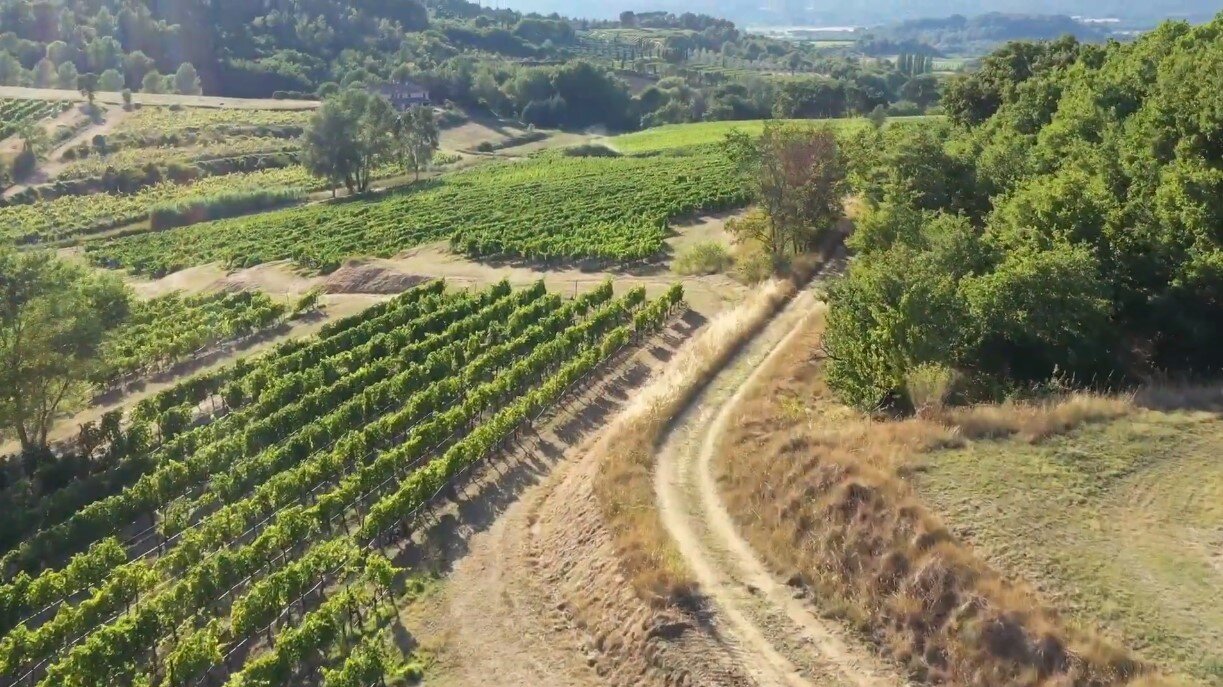

Unusual White Wines From Médoc & Dry Whites from Sauternes
Virtually we only thing we haven’t covered in this Bordeaux series as far as the finest Bordeaux wines are the few but important white wines made in Médoc and dry whites from Sauternes.
Even though those dry whites aren’t the specialty of these areas, some Chateaus have specific plots of land that are extraordinary for making whites, so they do.
This gives birth to very rare but extraordinary whites from top properties, such as the white Pavillon Blanc made by Chateau Margaux, the Vin Blanc de Chateau Palmer, the white from Saint-Estephe by super-second growth Chateau Cos d’Estournel, the Blanc by Chateau Lynch Bages, or the dry whites made in Sauternes like the Y by Chateau d’Yquem, or the R by Chateau Rieussec.
All of these are extraordinary whites.
Finally, and to be very complete, I’ll finish by mentioning that you may also find some rarities scattered around Bordeaux, special cuvées made by perhaps lesser-known producers but using some specific plots that they have.
They can reach the highest quality, like some of the ‘garagiste’ wines.
Let’s consider also the extraordinary wine we had on the Alti Wine Exchange made by Saint-Emilion Chateau Coutet in a unique fashion. You can hear the full story and learn more about it in the video below.
***
Follow Julien’s accounts on Facebook, Twitter and Instagram. Check out also his award-winning blog, Social Vignerons.

